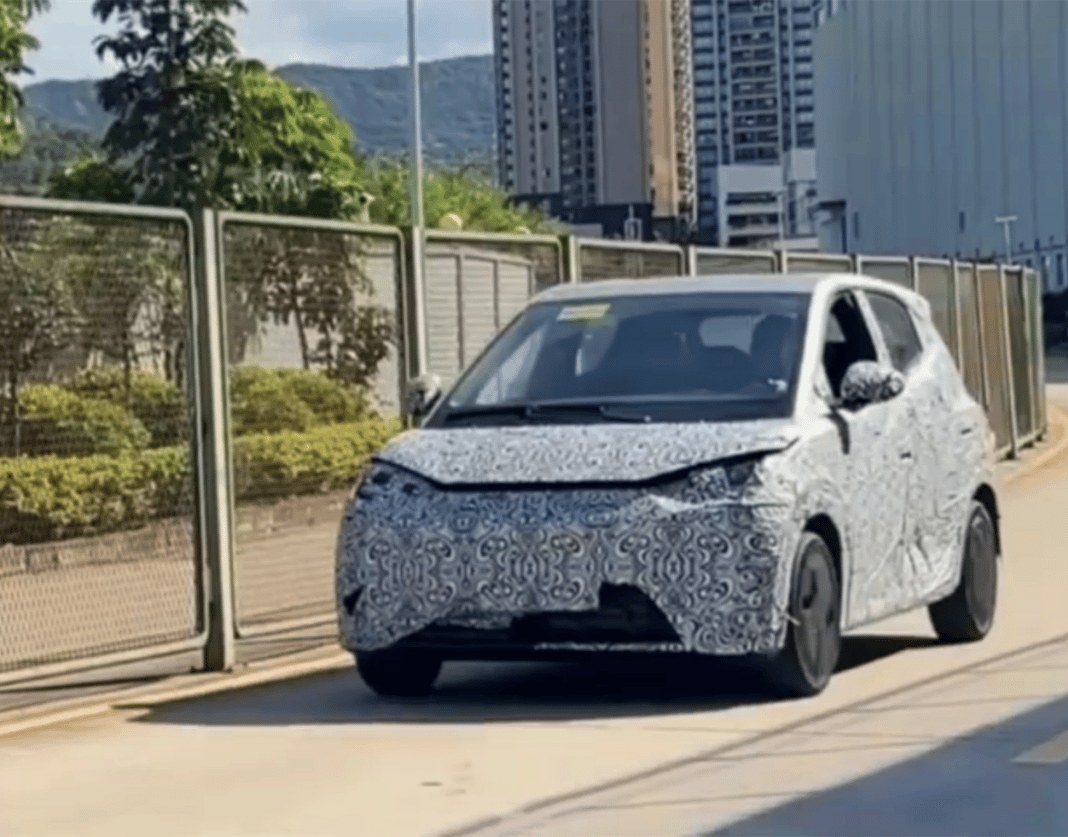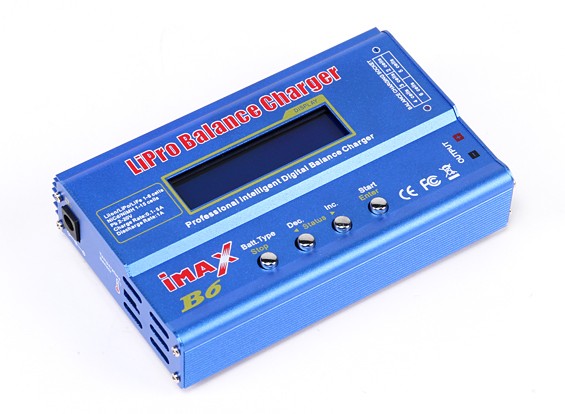Yamaha Charger. No
- ensure by what ever means that your charger is not over charging the battery
Generic Chinese Chargers No although a timer plug used to cut mains power after a given amount of time
Yamaha Charger No/unknown.
- there are benefits to charging to less than the max 4.2v per cell
Generic Chinese Charger No although a crude partial charge could be given by using the timer plug to cut power before a full charge is reached.
Yamaha Charger believed to be 3.6A.
- slower charging is beneficial compared to faster charging (all related to the 'C' of the battery cells)
Generic Chinese Charger believed to be 2A
Yamaha ridden 12/16 miles to work in lowest assist eco offering 100% support, and off, no support, using 25% to 35% of batteries capacity. Battery charged back to full at work and then ridden 10 miles home on the road using mostly lowest support eco offering 100% support, and occasional middle assist offering 190% support to maintain speed over/up steeper hills, and occasional no support for steeper downhill gradients, using mostly 40% of the batteries capacity but up to 50% depending on conditions. Battery then removed and stored in the house.
- and ditto dis-charge rates (as in beating the ** out of the motor/battery vs more gentler power assist)
Rear hub bikes with silverfish 15Ah batteries ridden on short shopping trips, other general errands, and also 20 mile return road trips to work where the battery was charged at work before the ride home. Generally ridden using maximum assist, and an average speed for the rides to and from work around 19mph. After any ride irrespective of length the battery was put on charge using a timer plug.
Yamaha almost never discharged below 50% during its life as a commuting vehicle.
- don't fully discharge your battery. In fact it seems that within limits the less you discharge the battery before re-charging, the more 'full discharge cycles' you'll get
Silverfish batteries more deeply discharged
Yamaha battery stored mostly at close to 60% charged and never left for prolonged periods fully charged and stored inside the house.
- don't leave your battery stored for prolonged periods at fully charged levels nor store it at high temperatures (e.g. 30degC)
Silverfish batteries much more often left fully charged and left on the bikes in an unheated brick garage.
No monitoring for any of my batteries
- if your battery allows it, monitor each cell stack to keep an eye on balancing (in case your BMS screws up)
I think my Yamaha battery has lasted so well despite the relatively high mileage I have ridden as in its commuting role it was used very regularly, hardly ever discharged below 50%, hardly ever spend much time fully charged before being ridden, and stored inside the house. The cost of a replacement battery is a powerful tool in battery care! By luck my commuting distance was just right for the capacity of my battery and the way I used it.
Don't know if I've just missed it, (thread has got so long now!) or it wasn't mentioned, how long did the Silverfish last?














